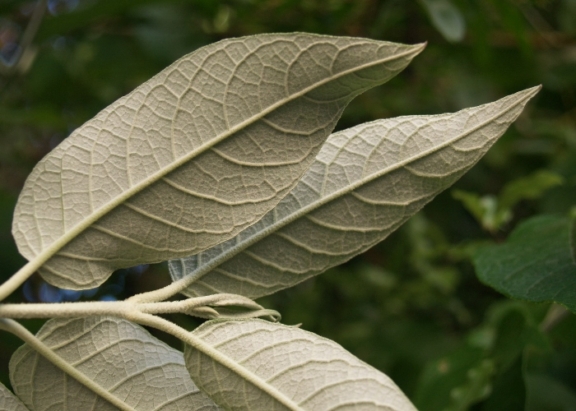
Summer lilac, butterfly-bush, or orange eye
Buddleja davidii
Family and description
From the Scrophulariaceae family and Buddleja genus, Buddleja davidii is a deciduous shrub that can reach a height of 3 metres. It has a wide, irregular shape, with slightly arched, roughly quadrangular, fissured branches with indumentum when young.
The leaves are ovate to ovate-lanceolate, acuminate, with a toothed margin, rough, greyish, hairy on the underside, and around 20 cm long.
The purple flowers appear between June and September, arranged at the end of the branches in dense panicles around 20 cm long. Aromatic and small, the individual flowers have a campanulate calyx and a tubular corolla made up of 4 petals and 4 stamens.
The fruit, a capsule that ripens between September and November, is small (5 to 10 mm), ovoid, elongated and dry.
Origin and habitat
The species is native to China and Japan. It appears in scrubland, mountain slopes and rocky areas.
It tolerates dryness, sea winds and atmospheric pollution. It favours calcareous, well-drained soils. In Portugal, it is most common up to an altitude of 130 metres and at a distance from the sea of between 3.4 and 14 kilometres.
Uses and curiosities
This is a fast-growing species that spreads by seeds.
Widely used for ornamental purposes, it appears in gardens and parks and can be found in the composition of hedges. It is used to make insect repellent/attractant and has dyeing properties.
Its nectar-rich flowers are among the most attractive to butterflies, hence its common name “butterfly-bush”.
